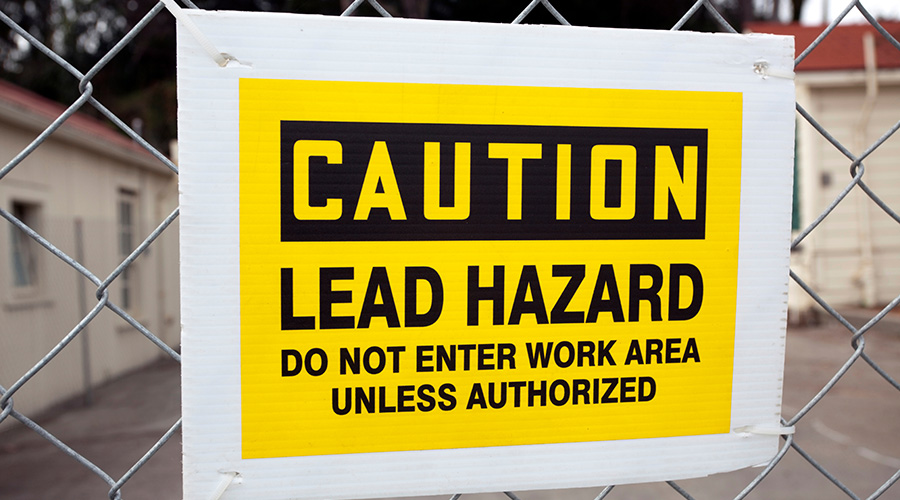Worker Safety: The 10 Most Common OSHA Violations
When the conversation turns to dangerous professions, what jobs first come to mind? Working in a mine, an oil refinery or the construction industry typically brings a certain amount of risk. But what about maintaining institutional and commercial facilities?
A top priority for every maintenance and engineering manager is protecting building occupants and visitors. But managers too often forget the people who work behind the scenes and perform the most dangerous tasks — front-line maintenance and engineering technicians.
In a typical year, the Occupational Safety and Health Administration (OSHA) issues more than 40,000 citations. To avoid injury to technicians, as well as citations and fines, managers must develop a plan for worker safety that complies with OSHA and creates a healthier environment for technicians.
Repeat Offenses
While managers do emphasize safety in training and supervising their technicians, departments still commit many common violations related to:
- personal protective equipment (PPE)
- electrical hazards
- machine guarding
- hazard communication
- flexible, extension cords
- fall protection
- lockout and tagout on energized equipment
- a blocked or obstructed portable fire extinguisher
- welding and compressed gasses
- documented training records.
Depending on the scope of a department's activities, each of these issues can endanger technicians and operations. Managers must ensure these common violations do not hamper the department's efforts to create a safe, efficient and effective work environment.
Related Topics:













